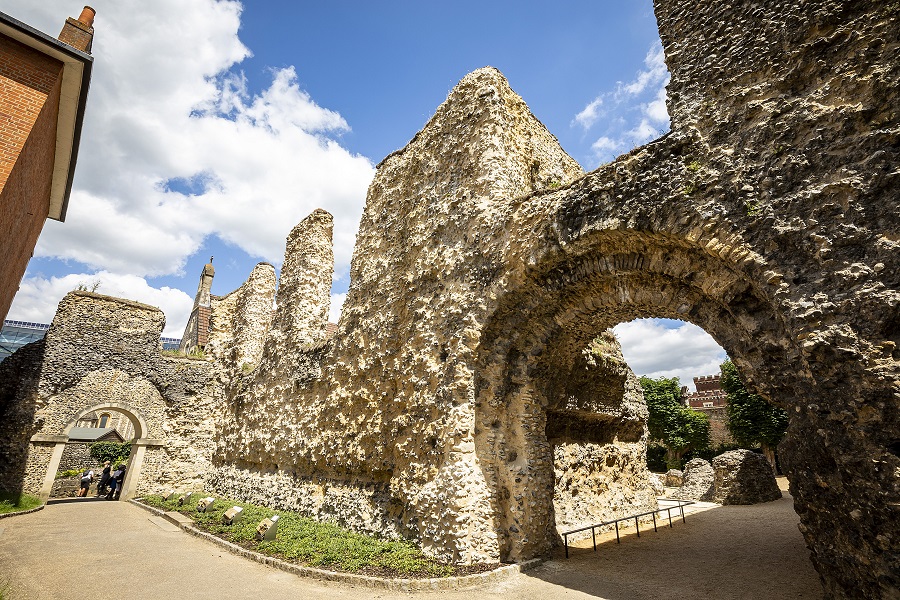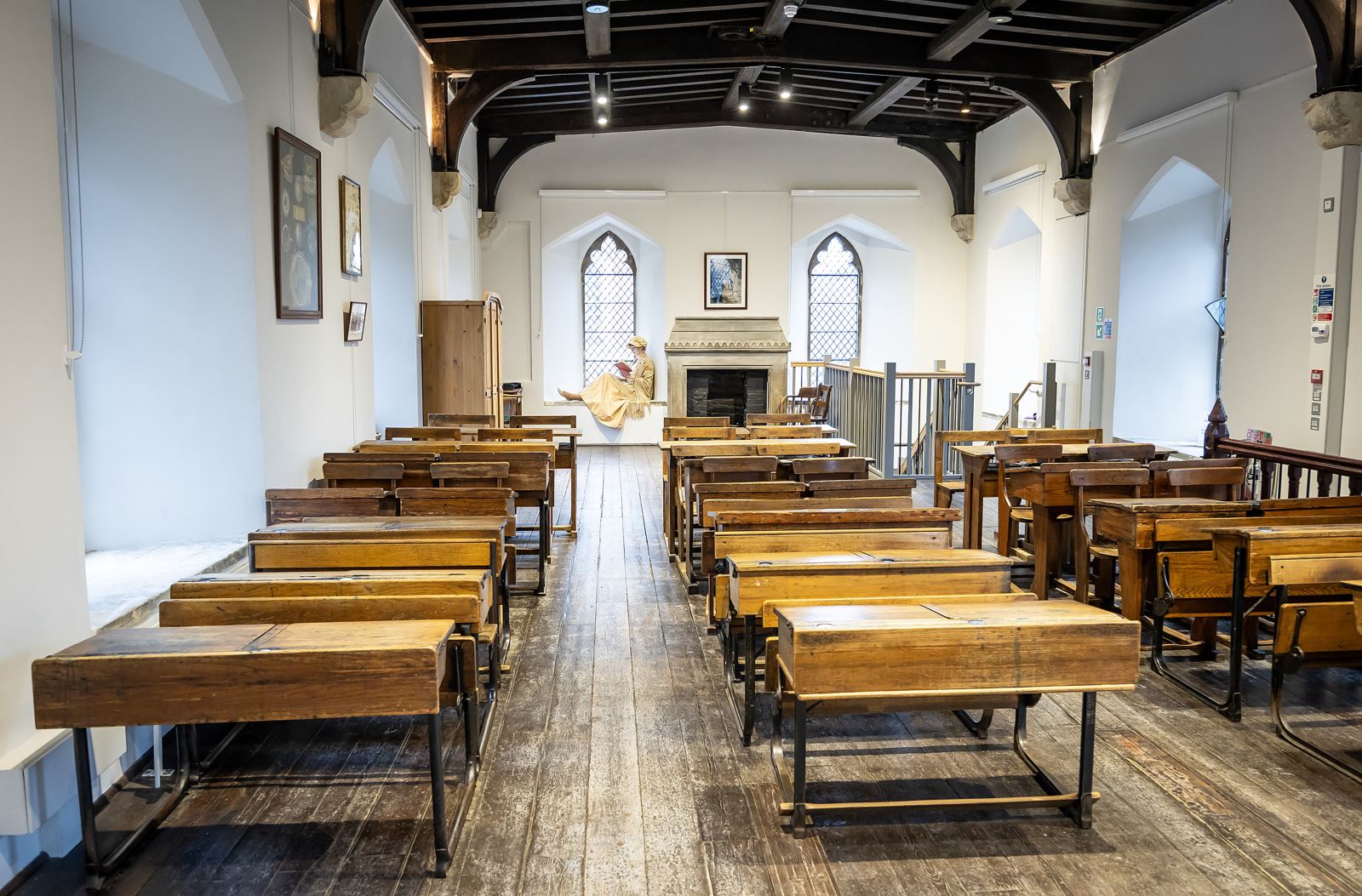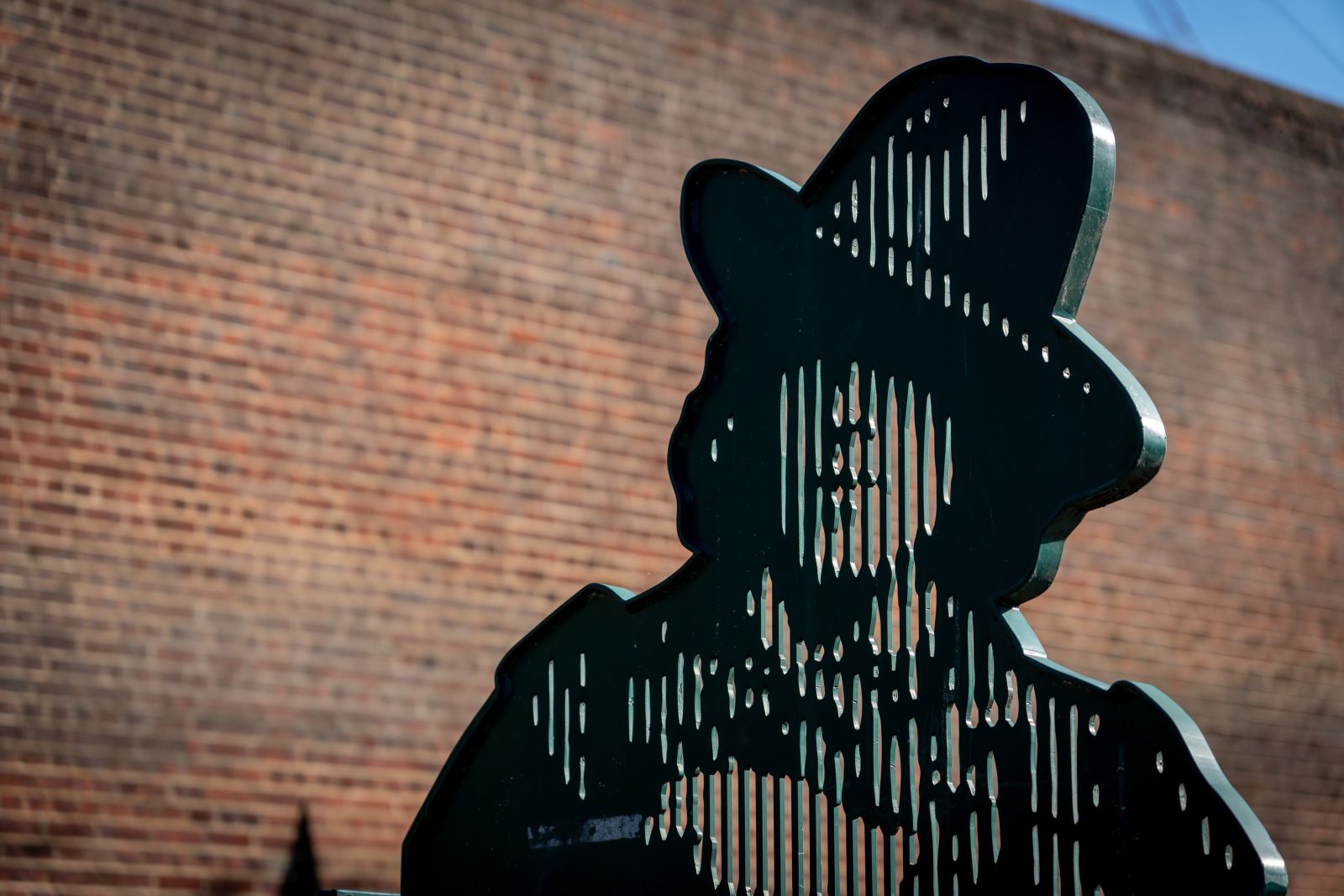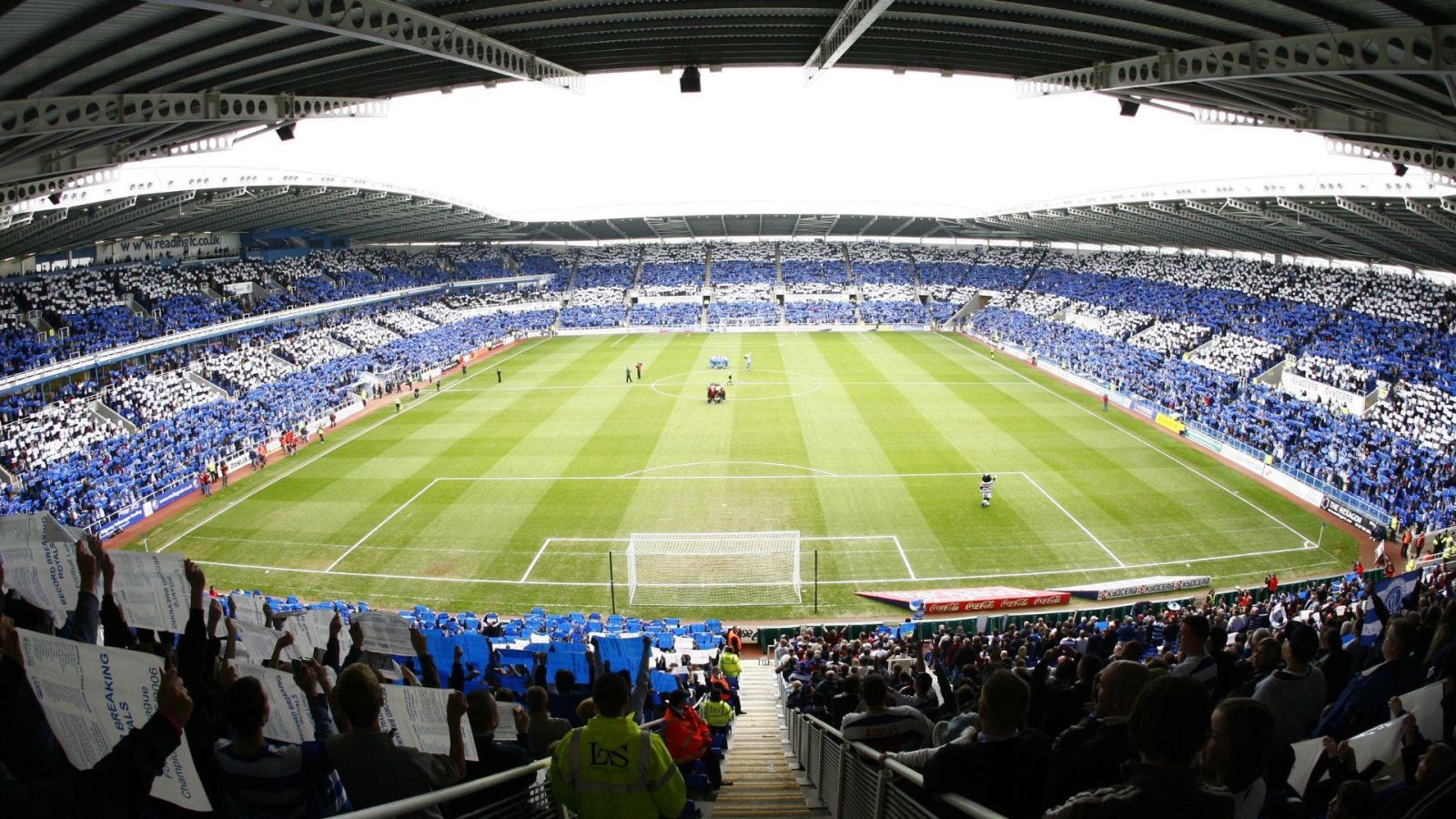10 Things (We Bet) You Didn’t Know About Reading
7th April 2025
Reading is often overlooked as a destination to visit - but take a closer look, and you’ll discover a place bursting with unexpected history, culture, and charm. From royal tombs and Jane Austen’s school days to rock legends, riverside walks, and biscuit empires, Reading is full of surprises. Whether you're a history buff, a music lover, or simply seeking a weekend adventure, this town has far more to offer than meets the eye.
Reading Abbey Ruins are the burial place of King Henry I
Reading Abbey, founded by King Henry I in 1121, was once one of the most important religious sites in England. The ruins of this historic abbey are believed to be the final resting place of Henry I, though the exact location of his remains are still a mystery. The Abbey was largely destroyed during Henry VIII’s dissolution of the monasteries, but today, visitors can explore the beautifully preserved ruins in the heart of the town.

Jane Austen went to school in Reading Abbey Gateway
The famous novelist Jane Austen briefly attended school in Reading Abbey Gateway, a historic medieval structure that still stands today. The gateway was once part of Reading Abbey and later housed the Reading Ladies' Boarding School, where Austen studied in the late 18th century. While she didn’t stay in Reading long, it’s fascinating to think that the author of Pride and Prejudice once walked the same streets as we do today.

An idyllic stretch of the River Thames flows through the heart of Reading
Reading is one of the few towns where the River Thames and the River Kennet meet, creating a beautiful network of waterways. The Thames runs through Reading, offering scenic riverside walks, boat trips, and fantastic spots for paddleboarding or kayaking. The town’s stretch of the Thames is particularly peaceful, providing a green escape right in the heart of urban life.
.jpg)
© Great West Way
The University of Reading is one of the world’s top research universities
Founded in 1892, the University of Reading is renowned for its research in agriculture, climate science, and business. Its stunning Whiteknights Campus is set within 130 hectares of parkland, featuring a lake, botanical gardens, and open green spaces. The university is also home to three museums, including the fascinating Museum of English Rural Life (MERL), which explores the history of farming and rural life in England.
.jpg)
Reading Festival is one of the UK’s oldest contemporary music festivals
Reading Festival is one of the world’s most famous music festivals, attracting 100,000 attendees every August. Established in 1971, it has hosted legendary acts such as Nirvana, Foo Fighters, The Rolling Stones, and Arctic Monkeys. The festival continues to be a major highlight of the UK’s music scene, bringing an electrifying atmosphere to the town every summer.
.png)
© Three Festival Group
Reading was once the world’s largest producer of biscuits
During the 19th and early 20th centuries, Reading was known as the biscuit capital of the world, thanks to Huntley & Palmers Biscuit Factory. The company, founded in 1822, became a global brand, shipping biscuits as far as Australia and South America. Today, you can explore the town’s biscuit-making heritage at Reading Museum’s Huntley & Palmer Gallery, where vintage biscuit tins and advertisements showcase this delicious part of Reading’s history.
.png)
The British Bayeux Tapestry can be seen in Reading Museum
Reading Museum is home to the British Bayeux Tapestry, a full-scale Victorian replica of the famous 11th-century embroidery that depicts the Norman Conquest of England. This intricate replica was created in 1885 by a group of skilled Victorian embroiderers and is an incredible sight to behold. If you can’t make it to France to see the original, Reading offers the next best thing!
.jpg)
Reading is an accredited part of the world-famous Camino de Santiago
Pilgrims walking the legendary Camino de Santiago might be surprised to learn that Reading is an official part of the route. The Camino Ingles (English Way) historically began in Reading, where medieval pilgrims would travel to the south coast before sailing to Spain. Today, you can follow in their footsteps with Reading’s accredited Camino markers.
Oscar Wilde was imprisoned in Reading, immortalised in The Ballad of Reading Gaol
The famous writer Oscar Wilde was imprisoned in Reading Gaol between 1895 and 1897 after being convicted of “gross indecency.” His experience in prison deeply affected him and inspired his powerful poem, The Ballad of Reading Gaol, which reflects on the harsh realities of Victorian justice. The prison, now closed, remains an important cultural landmark in the town. Spot Banksy's Create Escape on the side of the prison walls, thought to be inspired by Oscar Wilde's time in Reading Gaol!

Reading is the final stop on the new Elizabeth Line
With the launch of the Elizabeth Line, Reading is now firmly connected to London’s Transport for London (TfL) network. This means you can travel seamlessly from Reading to central London on a single train, making the town even more accessible. If you have a Freedom Pass, you can even travel for free!
.jpg)
Bonus Fact: Reading Football Club is one of the oldest football clubs in the world!
Founded in 1871, Reading Football Club (nicknamed The Royals) is one of the oldest football clubs still playing today. Their 24,000-seater Select Car Leasing Stadium has seen them rise to the Premier League twice in the club’s history.

How many of these facts did you know?
Reading is one of those rare towns where the past and present blend seamlessly. Whether you come for its royal history, literary connections, or riverside serenity, Reading will likely surprise you, just as it has surprised countless visitors before. So next time you're planning a day trip or a weekend escape, don’t overlook this hidden gem - Reading might just become your new favourite discovery! Check out our 2025 Visitor Guide to find out more about what you can do on a visit to Reading.



 to add an item to your Itinerary basket.
to add an item to your Itinerary basket.




